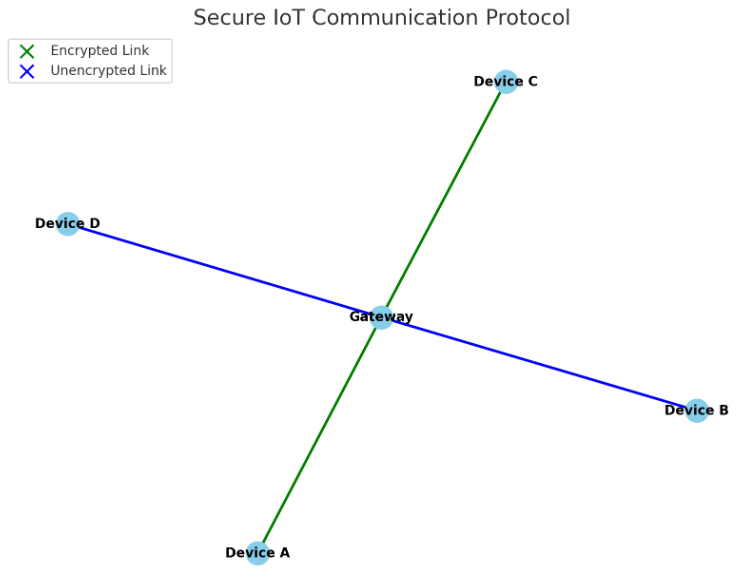
Downloads
Keywords:
Using Graph Theory to Improve Communication Protocols in AI-Powered IoT Networks
Authors
Abstract
Growing Internet of Things (IoT) networks incorporating artificial intelligence (AI) requires effective and highly reliable communication schemes to achieve high coverage low latency, and guaranteed performance. The problems presented by real-world applications require High school or even an undergraduate level of understanding in graph theory as a mathematical tool to model relationships and interactions. This article focuses on how the graph theory can supplement communication protocols existing in IoT networks in terms of network topology, routing path, load, and fault tolerance in the AI era. Integrating AI with graph-based methods makes it possible to perform dynamic analyses to optimize networks, and perform predictive analytics and sophisticated kinds of anomaly detection. Using examples from practice and success stories, we explain how these approaches can be implemented and how they change people’s lives for the better. Lastly, we point out research directions as well as potential research opportunities in the areas of graph theory, artificial intelligence, and IoT to form large-scale, secure, and efficient IoT systems in the global world.



